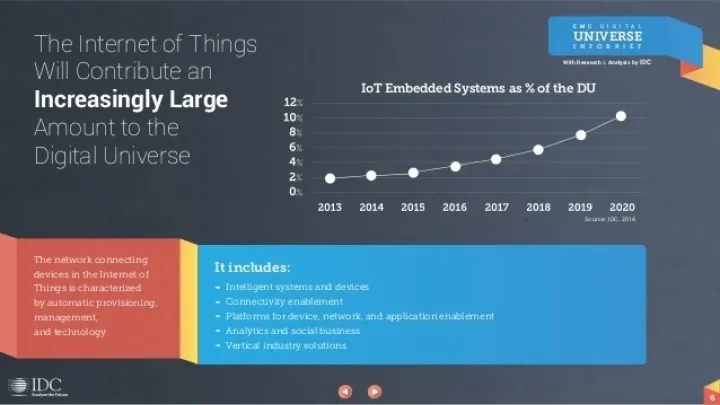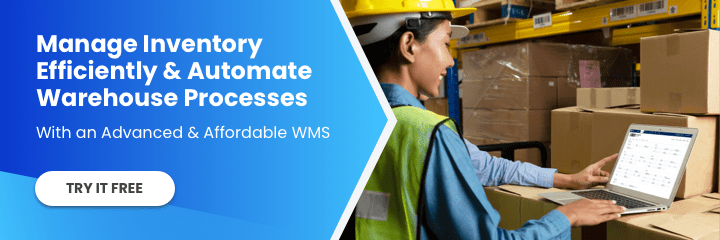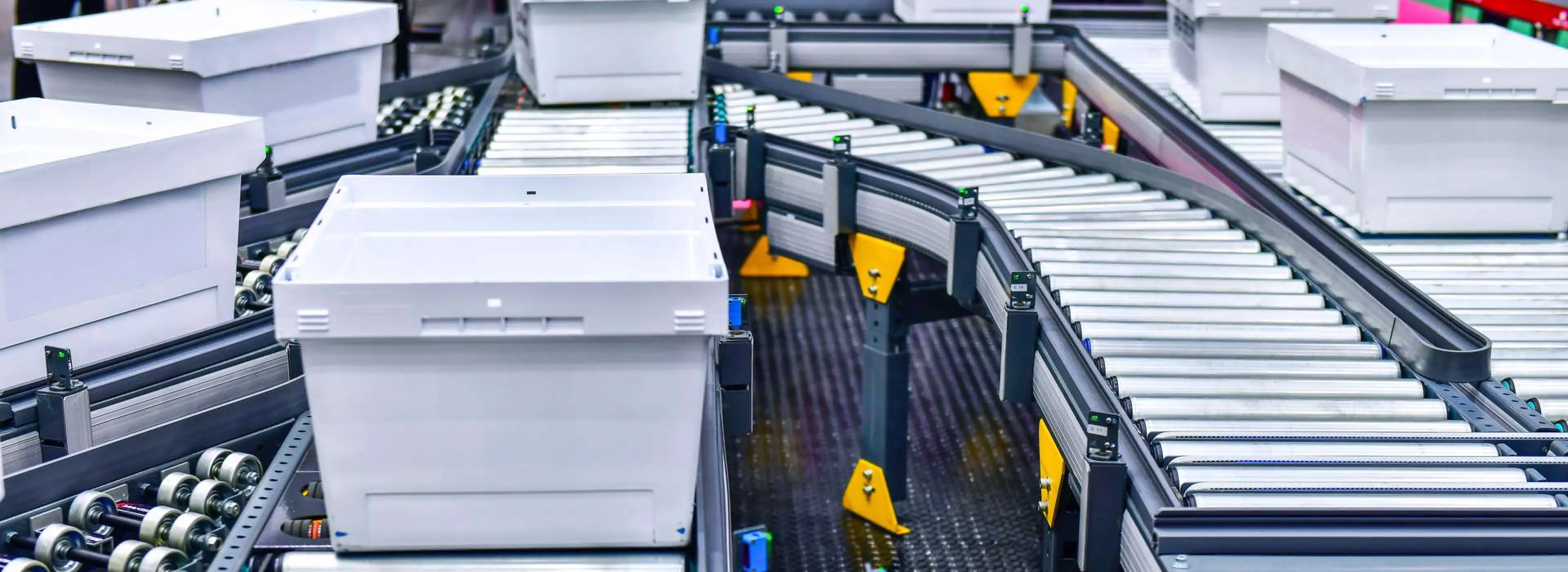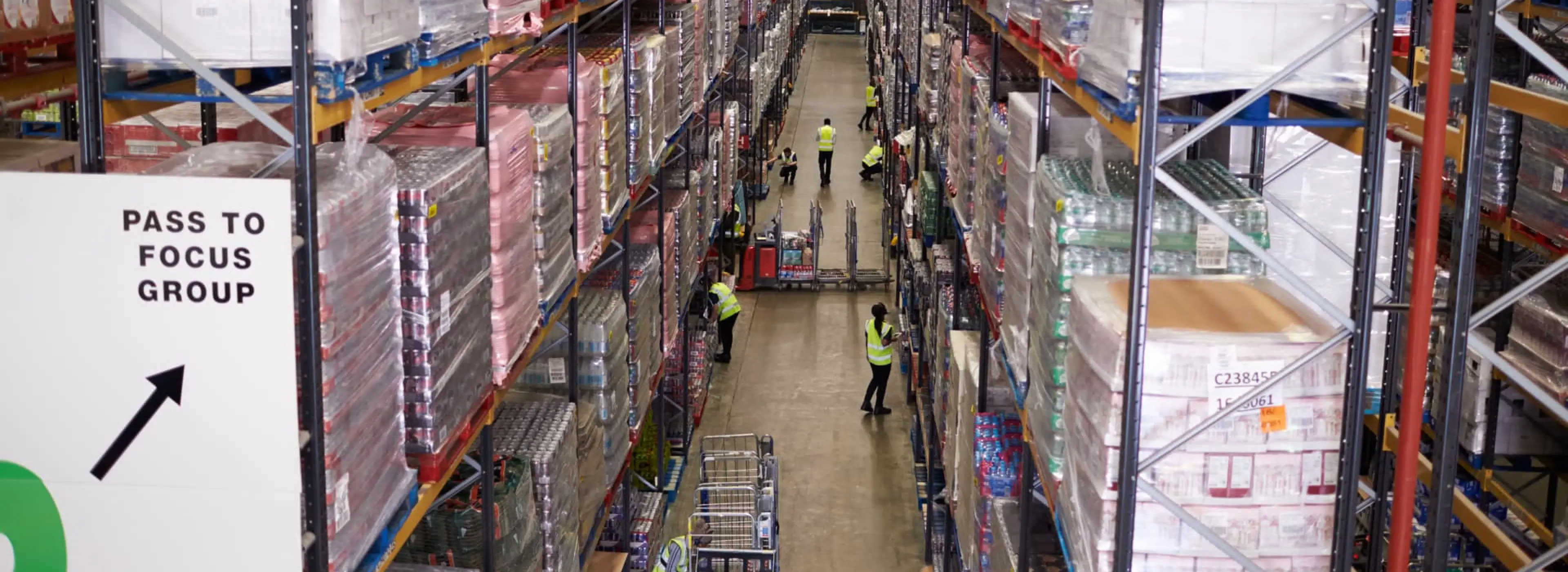IoT and big data in logistics have the potential to transform the industry.
The Internet of Things (IoT) could bring real-time monitoring and tracking capabilities that have never been seen in the industry.
Big data can unlock a goldmine of information that could help businesses predict possible outcomes by modeling different business decisions. It could also allow them to uncover new opportunities and eliminate decades of hidden inefficiencies.
Download Free Guide: 7 Technologies That Will Change the Warehouse
In this article, we briefly explain each of these technologies and the potential impact each technology can have in the industry. We later explore how the intersection of these two technologies can have a disruptive and profound shift across logistics organizations and supply chain participants.
What is Big Data?
Big Data refers to analyzing large, complex sets of information using sophisticated, predictive, and behavioral analytic methods to forecast the likelihood of potential outcomes.
Standard business reports focus on specific operations and departments. Big data takes a comprehensive look across all this data (and more) and tries to make sense of it all to detect patterns and predict the likelihood of possible events in the future.
What Could be the Impact of Big Data in Supply Chain Management?
As more systems and devices become interconnected, more data is generated and collected daily. Research conducted by IDC shows that data doubles every two years and “will reach 44 zettabytes, or 44 trillion gigabytes, by 2020.”

Source: Data Growth, Business Opportunities, and the IT Imperatives
This accelerated data growth is no stranger to the logistics and supply chain industry.
Historically, supply chain participants have generated large amounts and a wide variety of information. Everything from routes, carriers, delivery time, transportation mode, pricing points, account revenues, net incomes, and profit margins (just to mention a few) is collected and stored in the database of many businesses.
So how can big data impact the industry? Well, let’s see an example.
A company might be interested in knowing what mode of transportation and carrier can be used to maximize profits to a specific destination while still meeting delivery times. Big data can do this.
A carrier would like to understand how specific periods, during a specific season of the year, to a specific destination, under certain weather conditions can impact delivery time. Big data can do this.
Using big data in supply chain management can help businesses forecast demand more accurately, understand customer buying cycles, and estimate future warehouse capacity utilization based on historical data.
With the large volumes and variety of data sitting in the databases of so many businesses, it’s just a matter of time before companies tap into this goldmine.
Big data has played a critical role in Amazon’s success. The company has mined data from over 152 million customers (and counting) to understand purchasing behavior and recommend products based on purchase history and related products.
Data must no longer be seen as information sitting somewhere in the cloud but as a unique asset for the organization—a goldmine.
What is IoT?
The Internet of Things in logistics is a topic firing the imagination of technology enthusiasts and visionary supply chain leaders.
The Internet of Things refers to the interconnection of devices and physical objects with embedded sensors that allow continuous recording of their state (location, temperature, motion, impact, etc.) regardless of location and time.
With the advances in networking technologies (Bluetooth, 4G, LTE, Fiber, etc.), their availability, and low costs, the ability to interconnect devices and sensors through and to a common system has never been so feasible.
What Could be the Impact of IoT on Logistics?
Although the availability and affordability of sensors and networks make it possible for IoT to take off, battery life and lack of IoT standards remain some of the last obstacles to overcome.
However, as vendors and solution providers overcome these challenges, this technology can shift the supply chain and logistics industry into a new era.
An era where companies would be able to track any object or device that can hold a sensor in real-time or offline (by recording information that can later be downloaded to a system).
From boxes to pallets, trucks, and containers to people and much more, anything that can hold a sensor can now generate information that records its state.
Collecting information in real-time will allow businesses to respond to incidents and requests almost instantaneously and understand why, when, and how things happen. This will, in turn, help them correct operational inefficiencies that might have existed for decades, deliver outstanding service, and reduce safety and security risks.
But there’s also a byproduct that derives from all this interconnectivity of things: lots of data. And lots of data is raw material for big data and smarter, more strategic decisions.

Source: EMC Digital Universe
The Internet of Things in Logistics could represent a major shift in the industry because it could provide companies with untapped opportunities to understand cause and effect. The possibility for companies to model different potential decisions and predict possible outcomes. Almost a scientific approach to risk and business management.
IoT and Big Data in Logistics Can Change the Game
As we’ve seen, each of these technologies can bring tremendous benefits to businesses and participants of a supply chain, but the major benefits come from the combination of the two.
On one side, IoT in Logistics will bring the interconnectivity of devices, sensors, and systems that will increase the volume, velocity, and variety of data. Conversely, big data provides the ability to make sense of historical information and predict potential scenarios and outcomes.
Businesses capable of combining these technologies will be completely transformed from a solely service organization to an information-driven business.
A business that can make decisions based on timely, reliable, and statistically significant volumes of data. A business that can accurately understand the relationship between weather conditions, carrier, transportation mode, workforce productivity, delivery time, and profitability. Or a business that can avoid under or over-allocating resources by tracking warehouse, workforce, and transportation utilization in real-time (and over time) to meet demand.
But questions can be taken to another level.
Businesses could understand the impact of variations in the behavior of particular market segments, shifts in consumer consumption, the effects of fiscal policy, international trade, and/or changes in GDP.
Businesses that envision the possibilities and strategically invest in these technologies will undoubtedly gain a tremendous competitive advantage. They will be able to make better-informed decisions, increase their efficiency, and exceed customer expectations.
To conclude, I’d like to leave you with this video. It offers an interesting and eye-opening narrative of the history and opportunities of IoT and Big Data. I hope you find this video as useful and interesting as I did: https://youtu.be/l_LT_ZKlVQw.
For more information about warehouse technologies and optimizing other warehouse processes, follow us on LinkedIn, YouTube, X, or Facebook. If you have other inquiries or suggestions, please contact us here. We’ll be happy to hear from you.












